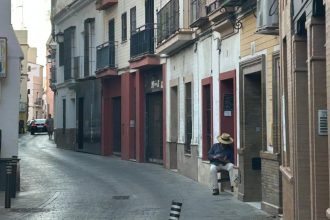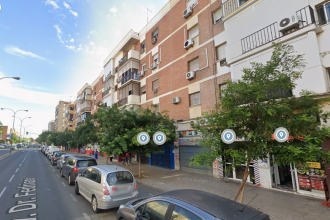
Fire ants capable of blinding dogs spread across Spain’s Costa del Sol and Alicante – all you need to know
Tiny, relentless, and armed with venom: Wasmannia auropunctata, better known as the electric ant or fire ant, is quietly advancing across urban Spain, experts have warned.
First detected in Marbella in 2018, the invasive insect has now taken hold
Laurence Dollimore has been covering news in Spain for almost a decade. The London-born expat is NCTJ-trained and has a Gold Star Diploma in Multimedia Journalism from the prestigious News Associates. Laurence has reported from Spain for some of the UK's biggest titles, including MailOnline, The Telegraph, Daily Mail, Mail on Sunday, The Sun and the Sun Online. He also has a Master's Degree in International Relations from Queen Mary University London.
Leave a Comment







